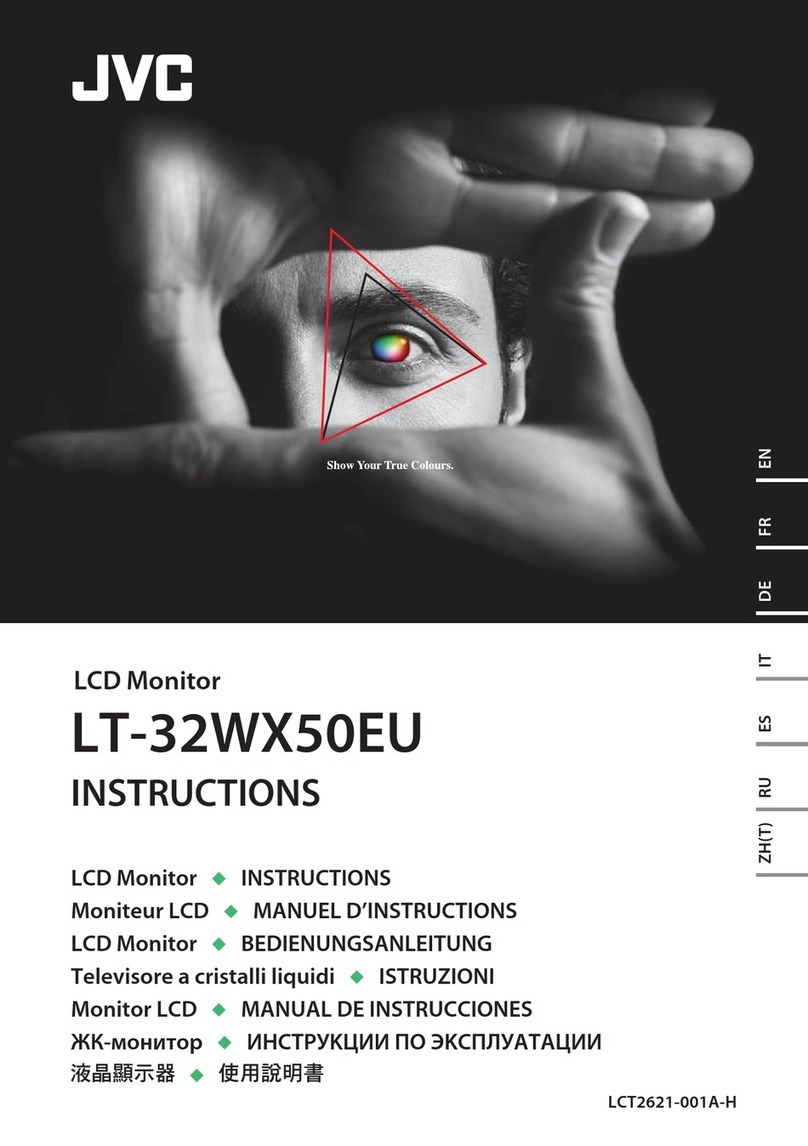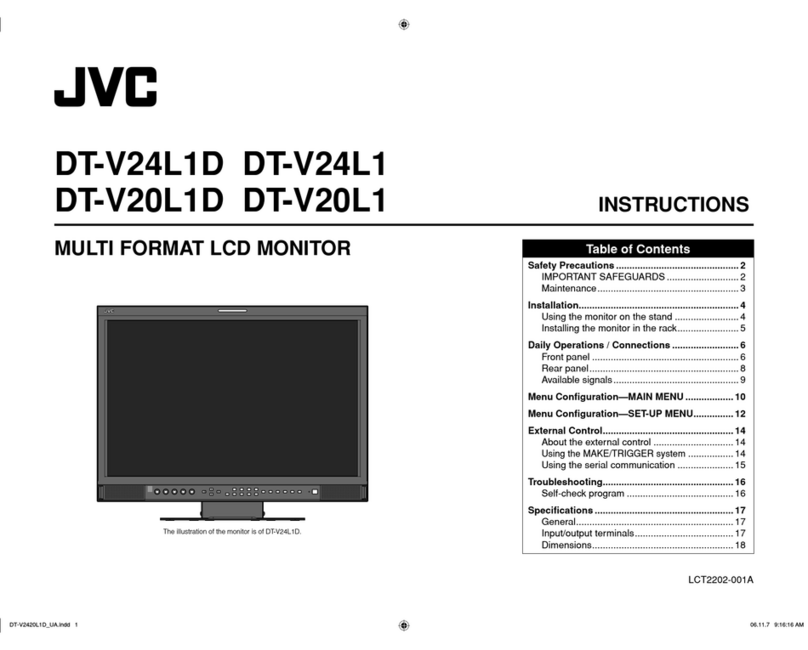JVC TM-R14U User manual
Other JVC Monitor manuals
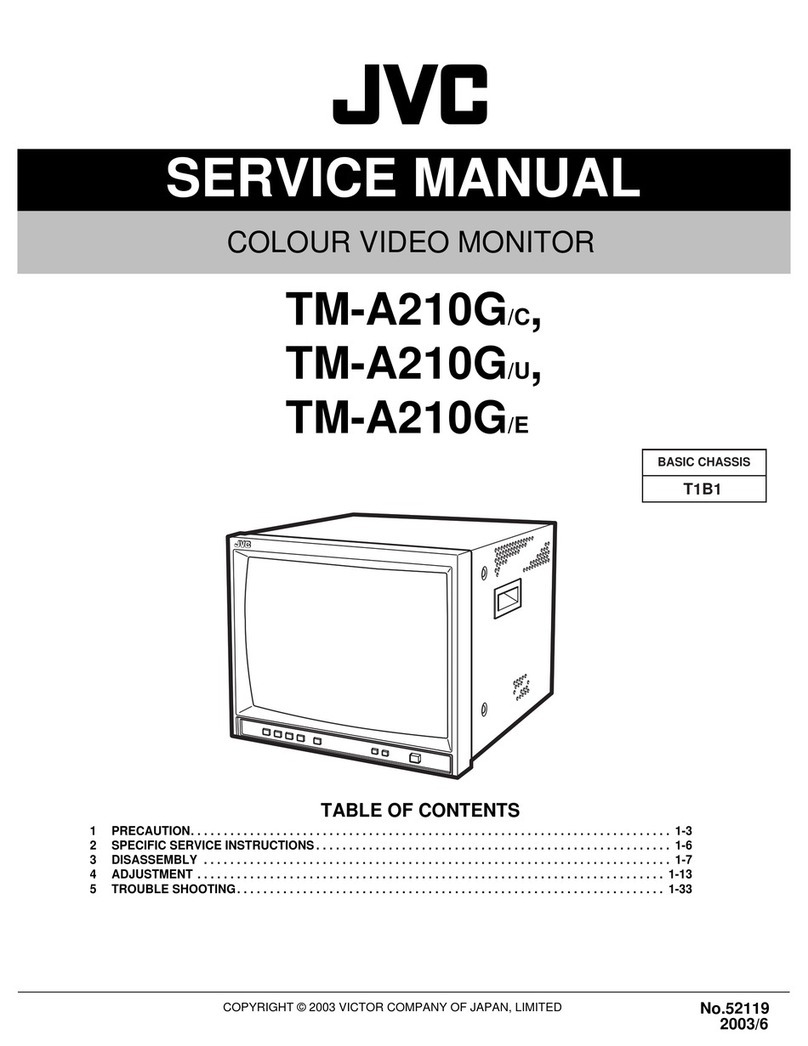
JVC
JVC TM-A210G/C User manual

JVC
JVC RS-840UD User manual
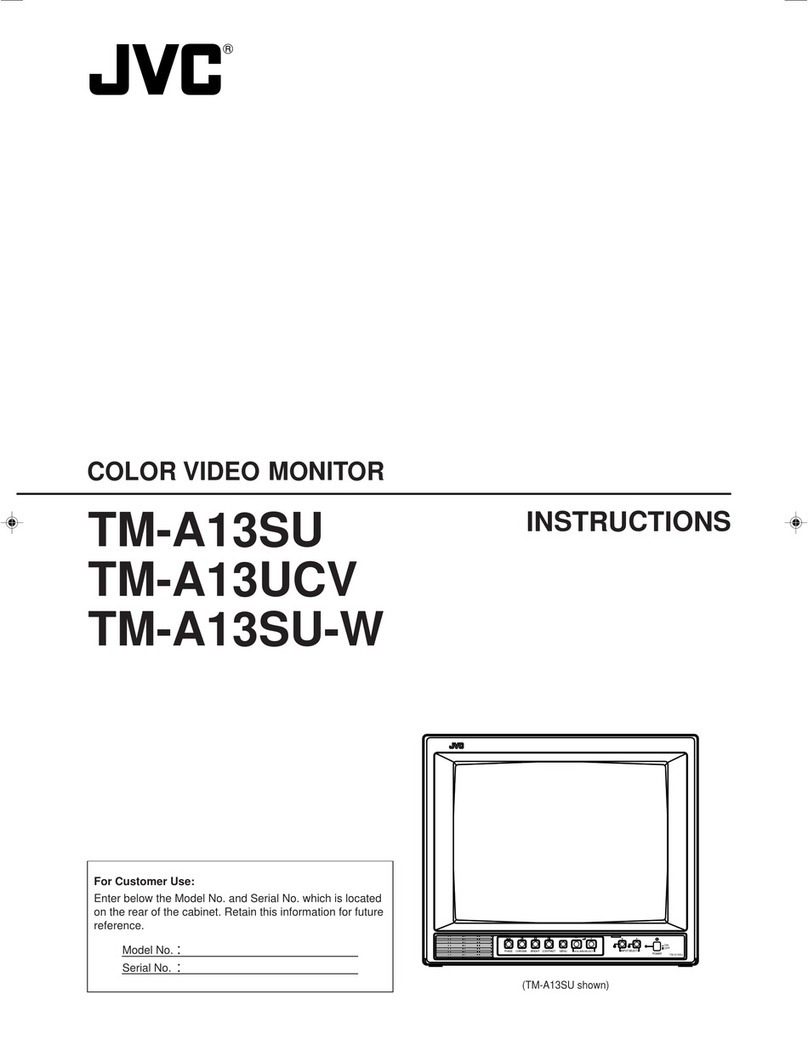
JVC
JVC TM-A13 User manual

JVC
JVC KW-M180BT User manual
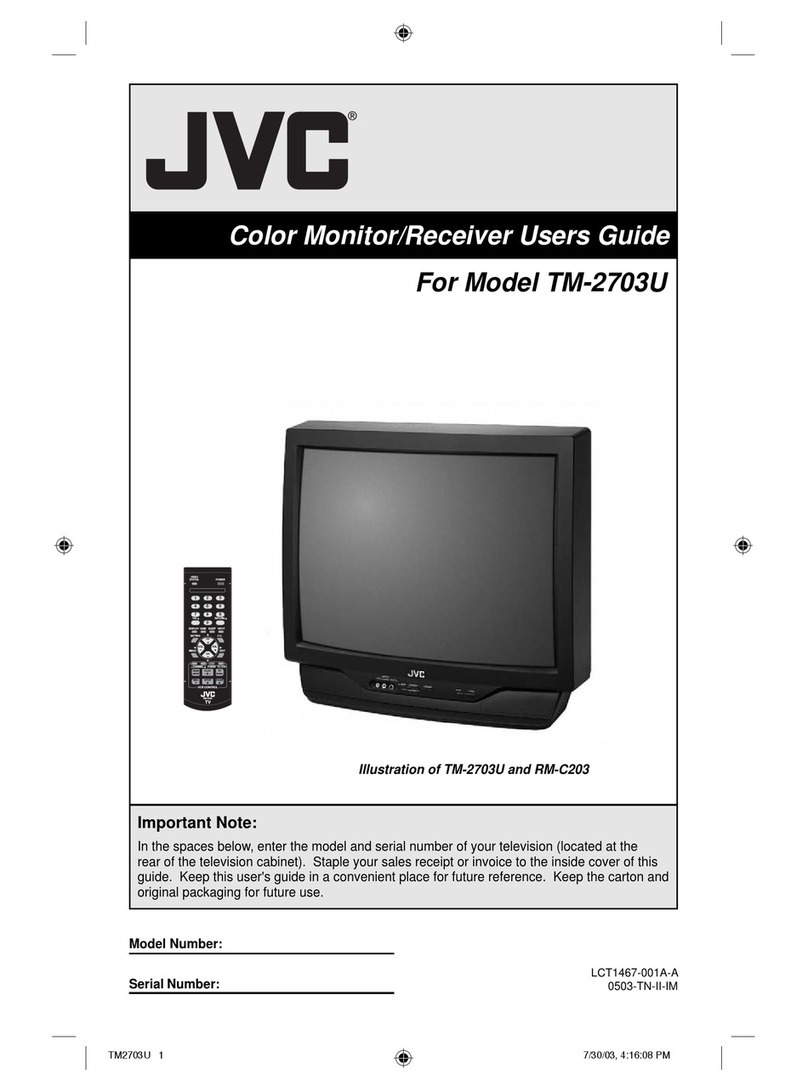
JVC
JVC TM-2703SU - Promedia Series Monitor/receiver User manual
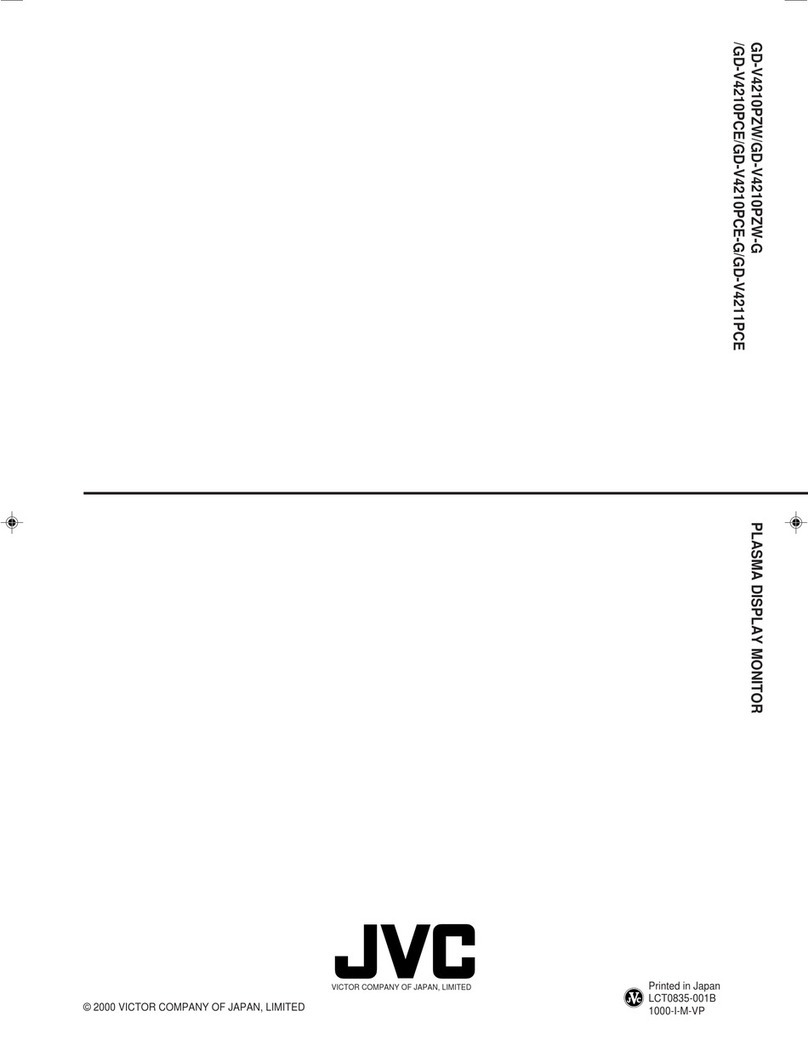
JVC
JVC GD-V4210PZW - High Contrast Plasma Display User manual
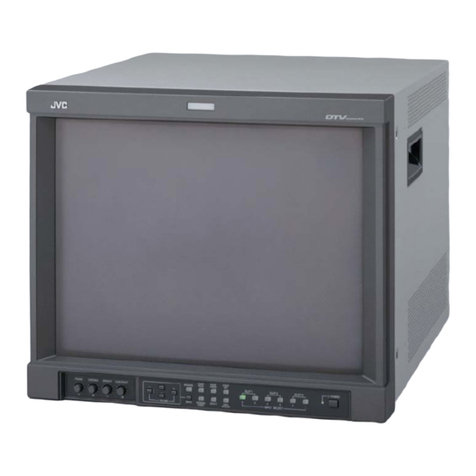
JVC
JVC DT-V1710CG User manual

JVC
JVC TM-H1950CGE User manual
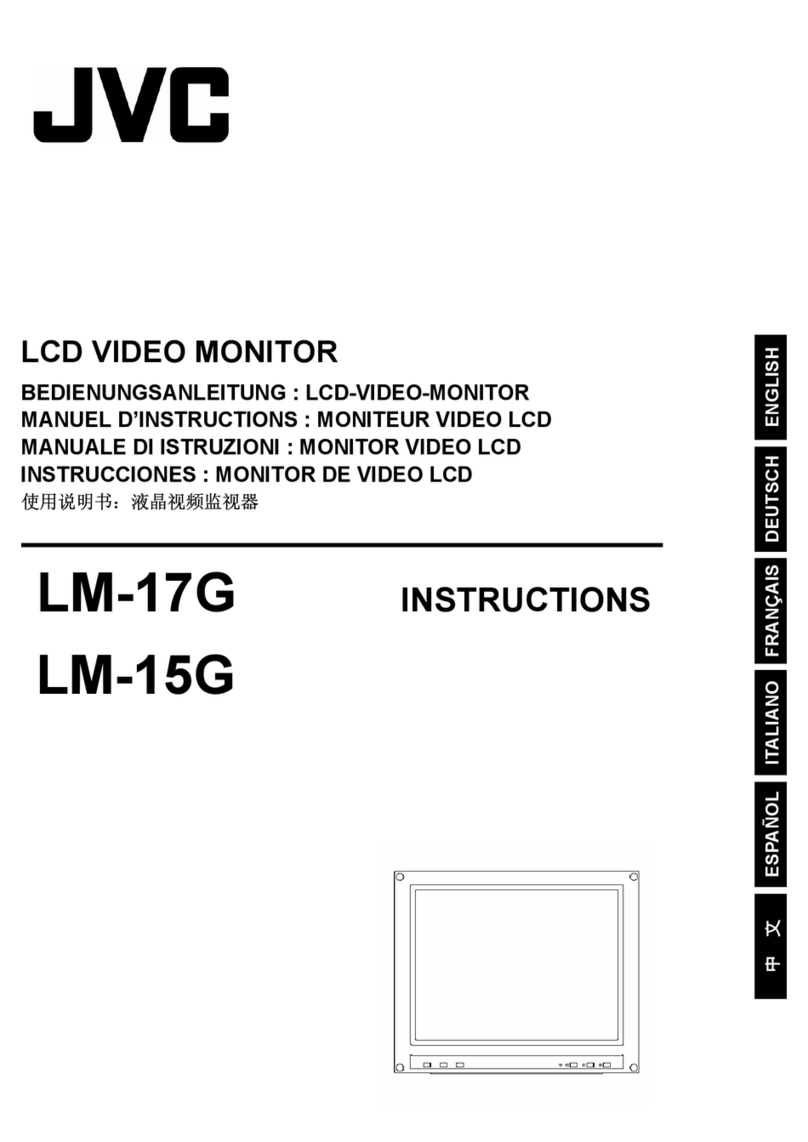
JVC
JVC LM-15G User manual
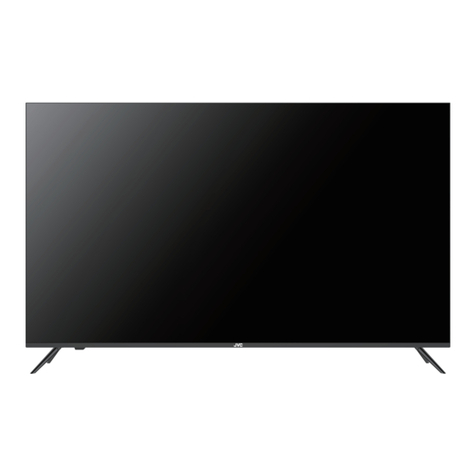
JVC
JVC LT-58N7115A User manual
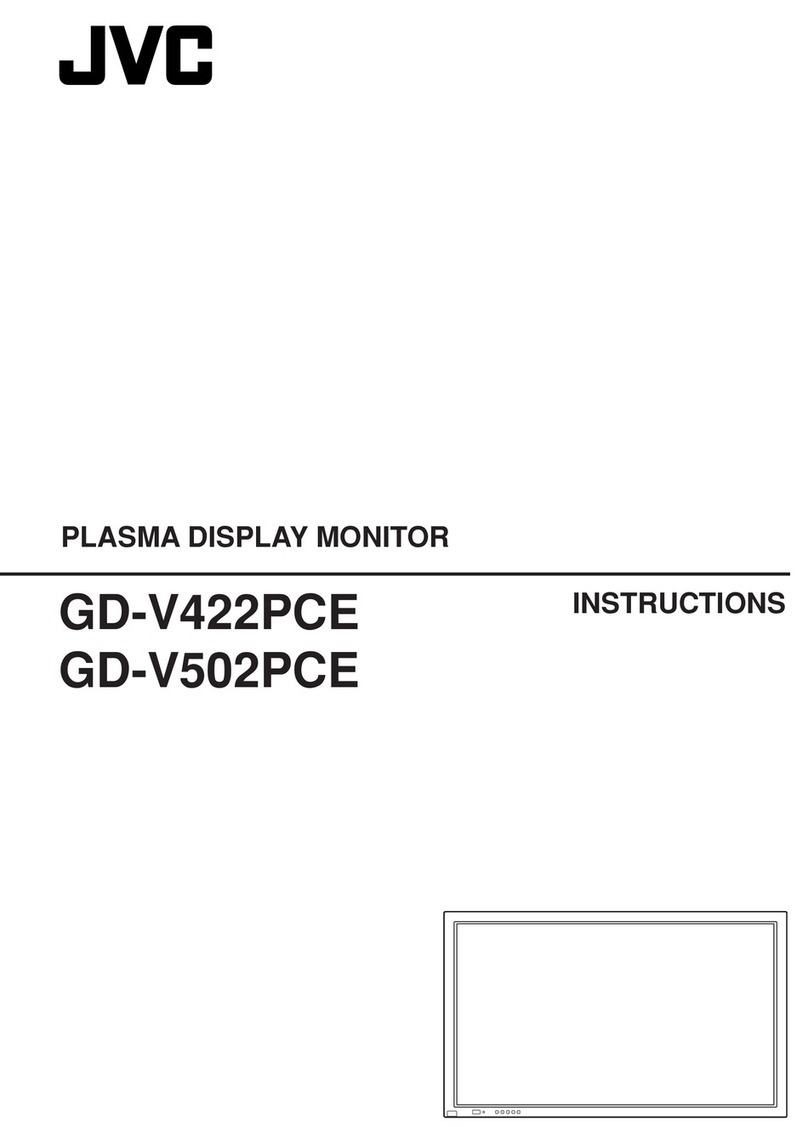
JVC
JVC GD-V422PCE User manual
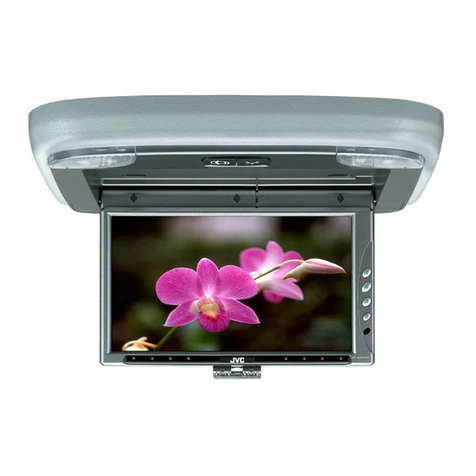
JVC
JVC KV-MR9000 User manual
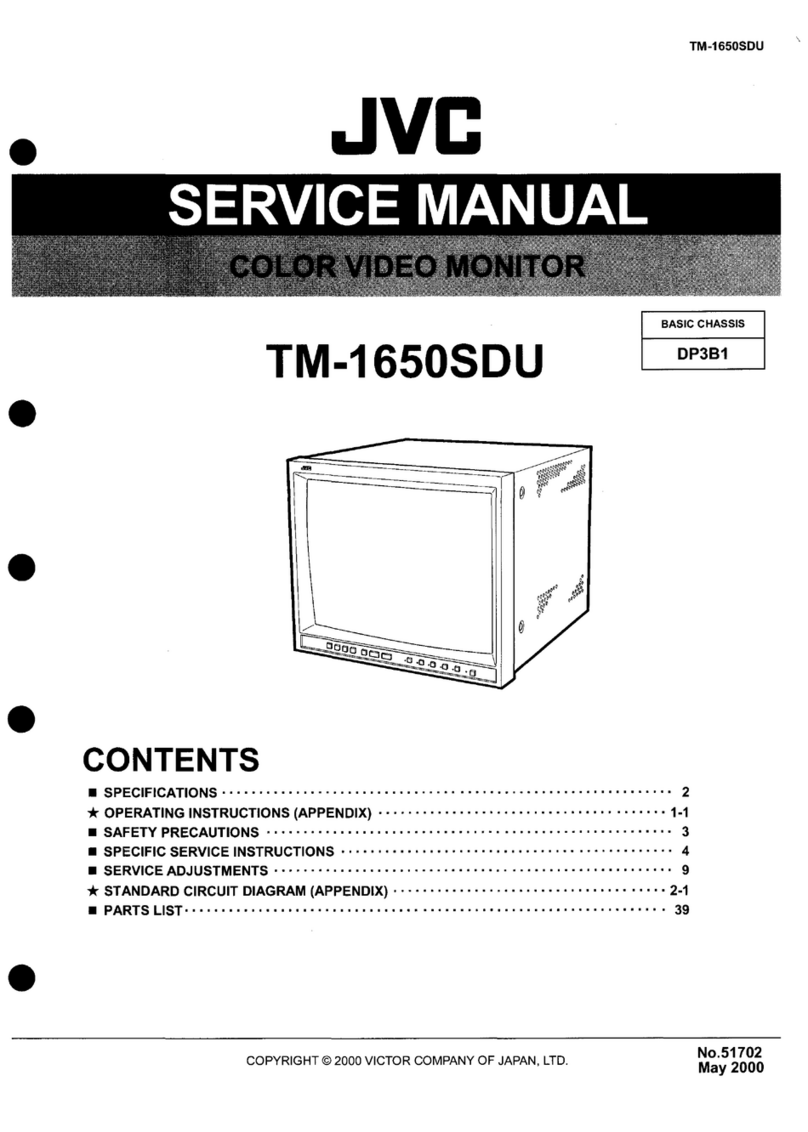
JVC
JVC TM-1650SDU - Color Monitor User manual

JVC
JVC GD-17L1G Quick start guide
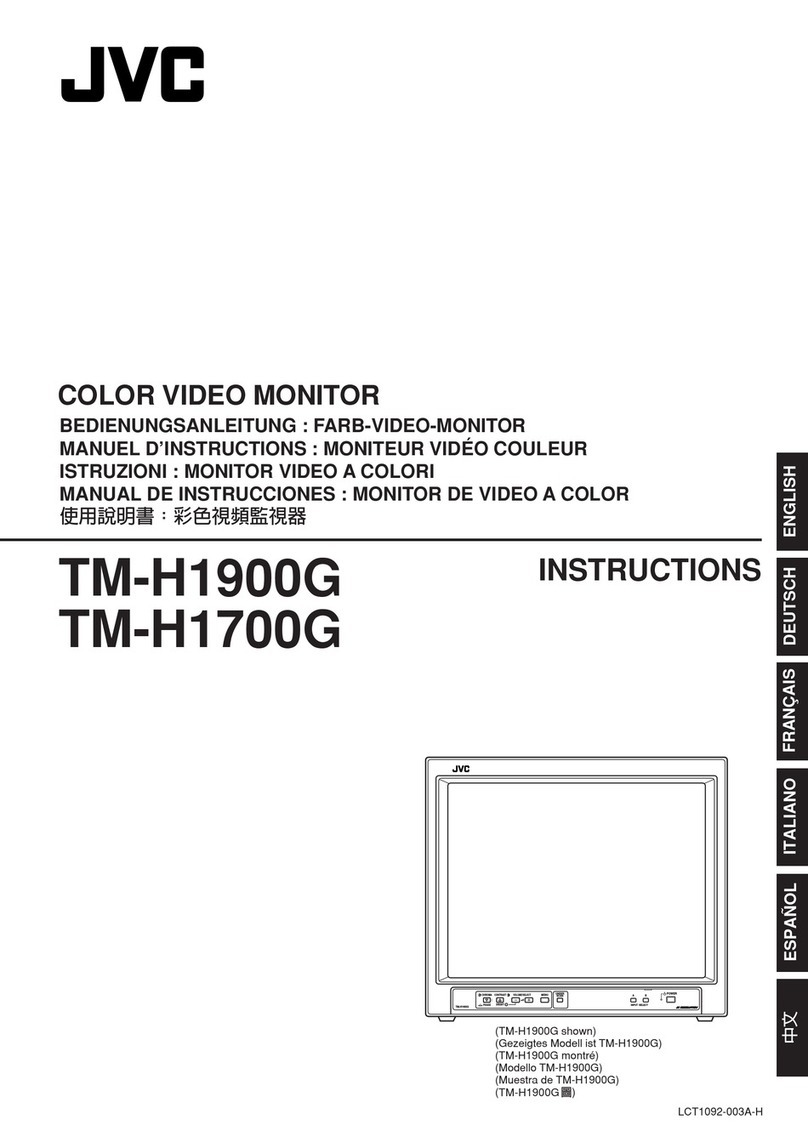
JVC
JVC TM-H1700GU - Color Monitor User manual
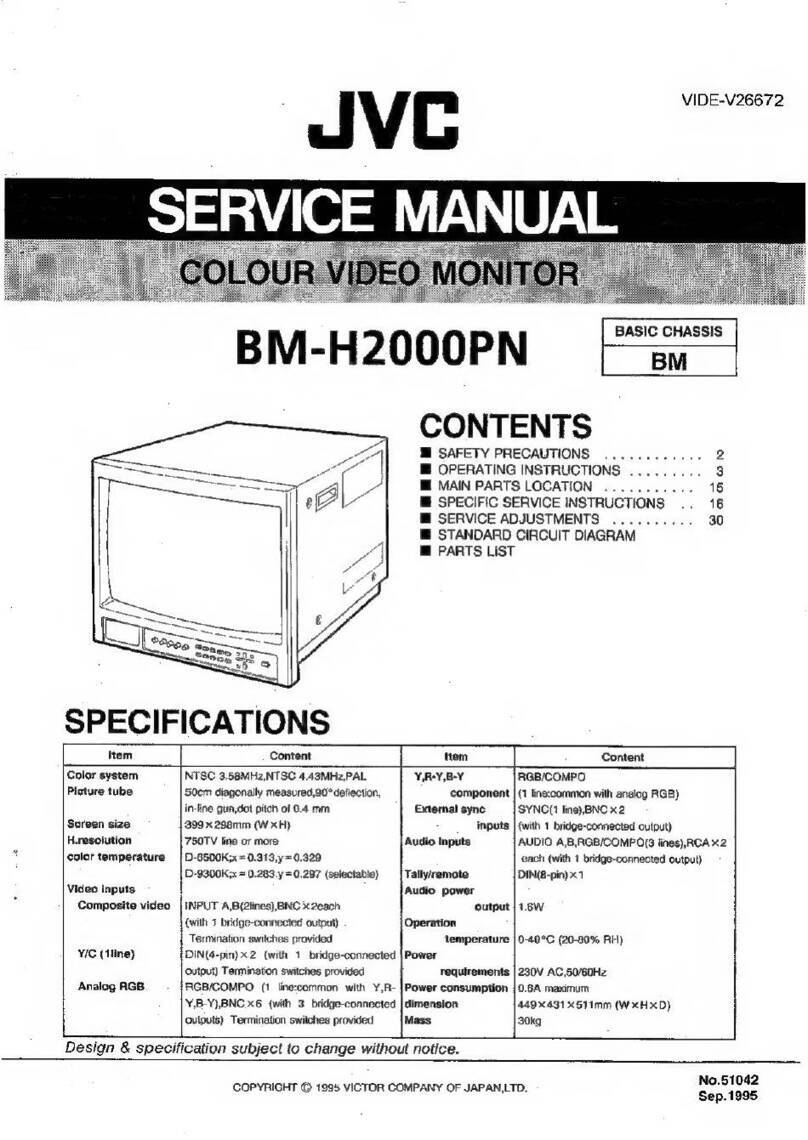
JVC
JVC BM-H2000PN User manual

JVC
JVC ProVerite PS-840UD User manual
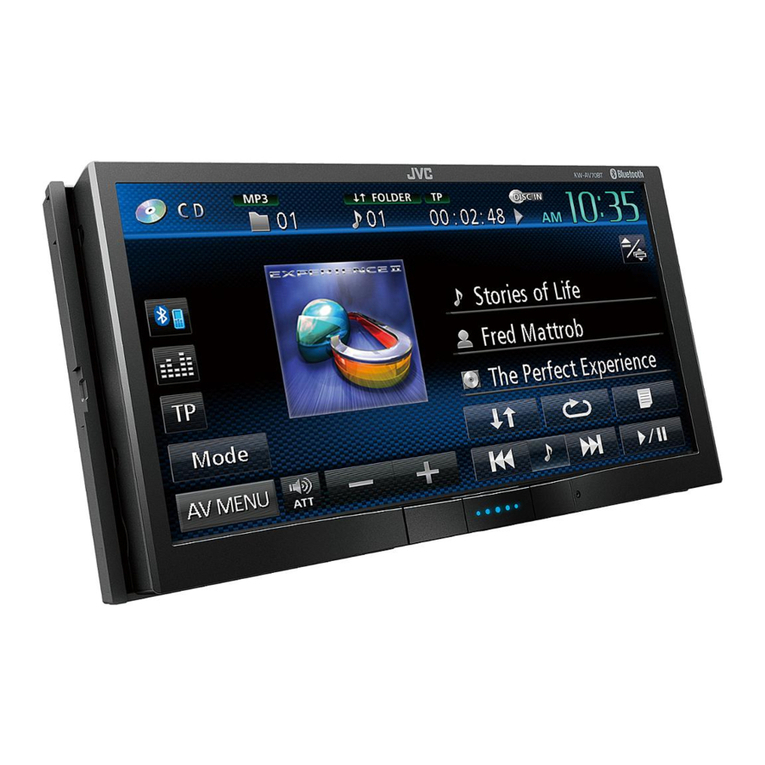
JVC
JVC KW-AV70BT User manual
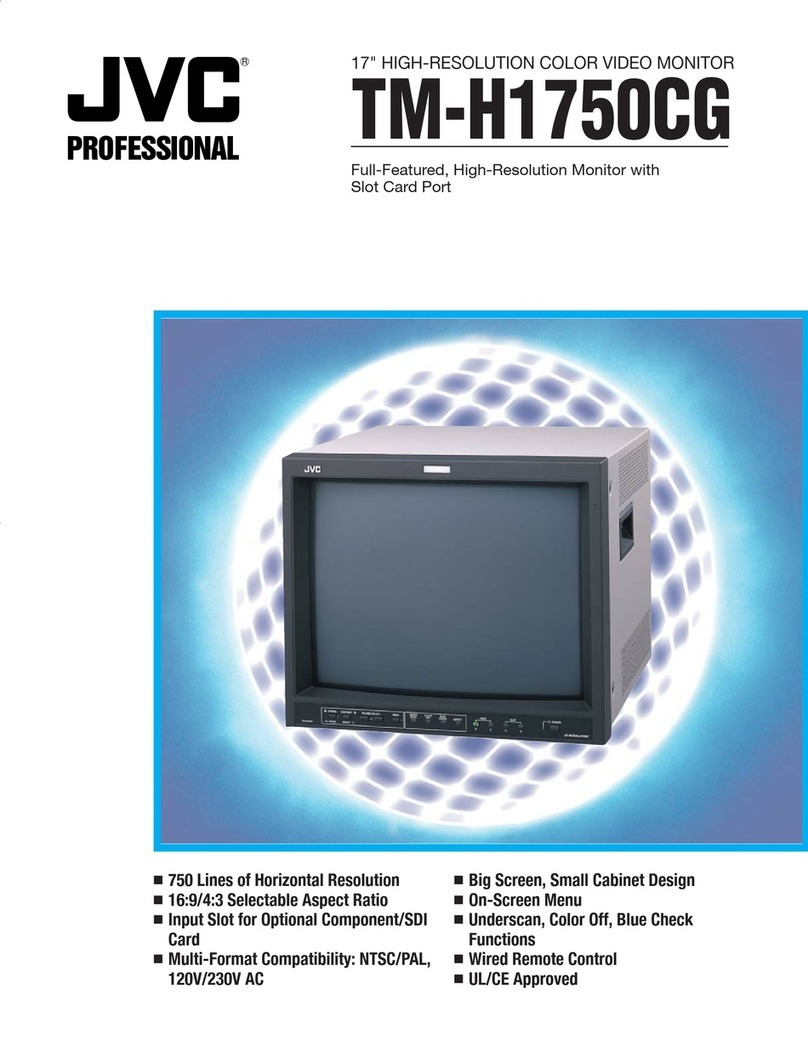
JVC
JVC TM-H1750CG User manual
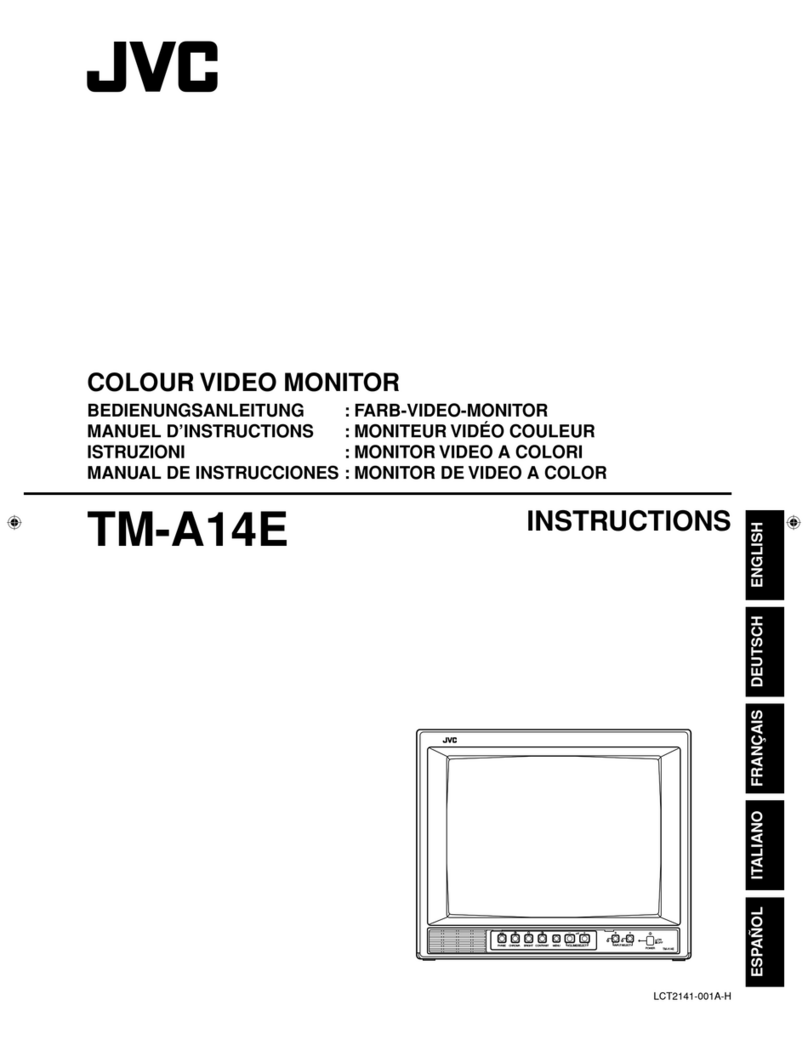
JVC
JVC LCT2141-001A-H User manual
